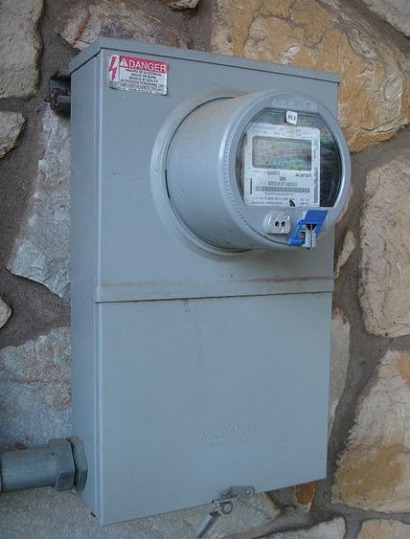
Last month, a study from the Energy Saving Trust (EST) found that UK householders are wasting a whopping £1.3 billion a year, just by leaving appliances on standby and stand to save around £85 a year through access to better information around their energy use.
The findings of both studies have reinforced calls for the government to promote behaviour change to support energy efficiency initiatives and we need only look to a parallel government initiative — the smart meter roll out — to find a scheme that has real potential to increase energy awareness.
The smart meter roll out will see smart meters installed in every home and business in the UK by 2019 in an effort to reduce energy consumption and balance demand. As part of the programme the government is requiring that every smart meter be delivered with some form of in-home display (IHD), to ensure that it leads to meaningful behaviour change.
The true value of smart meter systems is realised when the technology is combined with IHDs that show real time information about energy consumption. This helps consumers to take control of their energy use and allows them to make significant savings on household bills.
These insights into energy use can be accessed through a variety of media, including customer websites and smart phones. Even paper bills, if improved to properly explain how money is being spent, can drive significant behaviour change.
The positive impact of accessible energy data on behaviour change is well documented; in a recent deployment of IHDs to over 80,000 energy users, smart data specialists Onzo revealed an 8 percent reduction in overall energy use and a further 5% shift away from using energy at peak times. Not only were these changes sustained, they were self-motivated and did not require financial incentives.
“It stands to reason that consumers will not be motivated to engage with the Green Deal and adopt retrofit measures until they understand the savings they stand to make,” said Onzo CEO, Joel Hagan.
“Smart meter systems that involve compelling and actionable energy data empower consumers to make sense of their current energy use and will allow them to quantify and record the savings that they can make by changing their behaviour and installing energy efficiency measures,” Hagan added.
For additional information:

